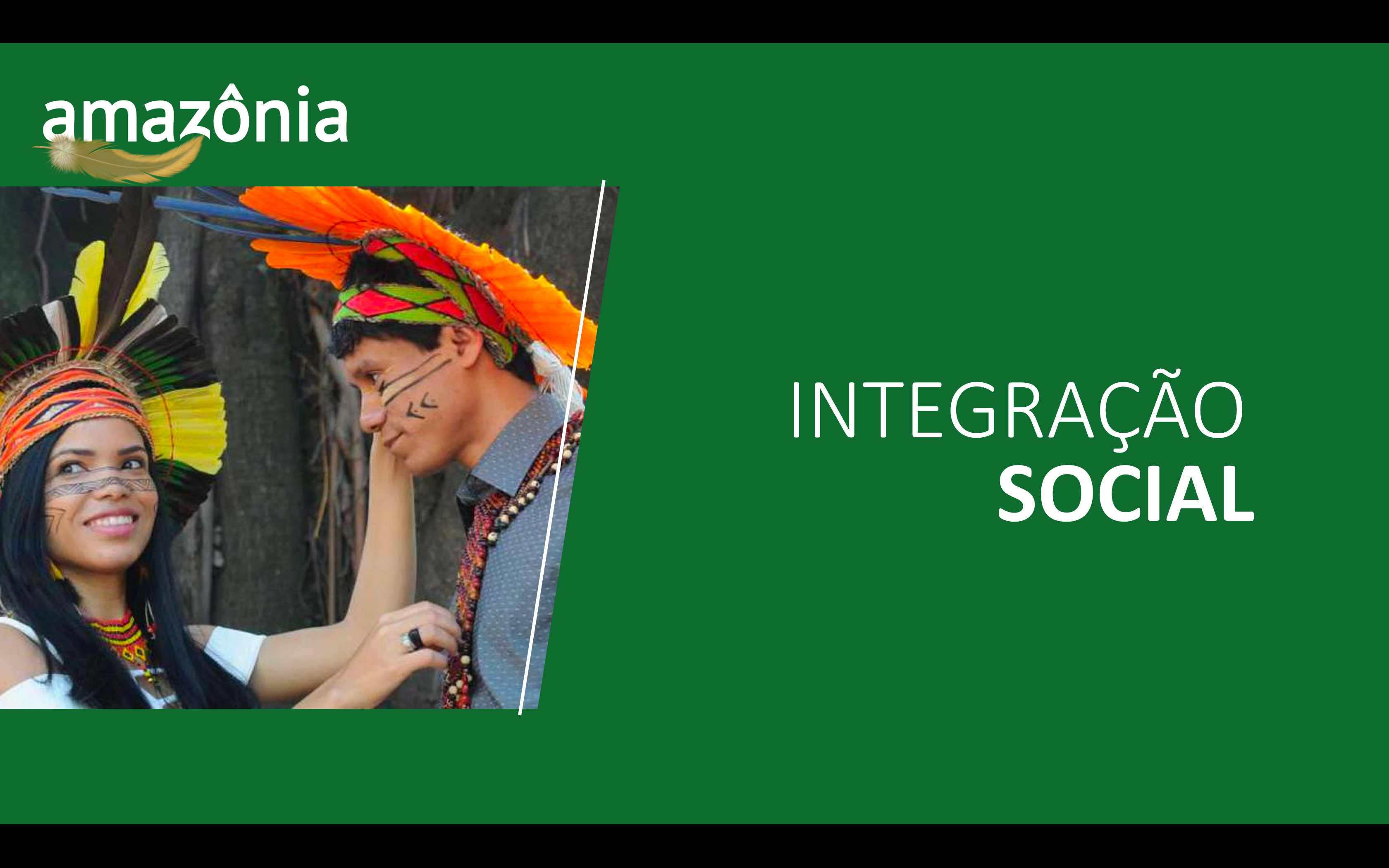Project designed for the Social-Networks discipline in the Computer Engineering program @ Insper
This project was developed with the goal of integrating the Indian and Native Brazilian population, which represents only 0.7% of its original size, to modern society. Even though the integration has increased, as native Brazilians have graduated renomated universities and found jobs in modern society this integration process often obligates this populations to give up their origins and traditions. In order to earn a living, indians who don't have the rare opportunity of college, have been pushed to lower income jobs and forced to work extra to maintain livable standards in modern society while losing touch with their roots.
In order to keep this population connected to its original culture and provide a source of funds to their communities and tribes we created "amazônia". As a paronomasia to the online marketplace amazon, we created a marketplace destined to sell products, crafts and artworks from these brazilian tribes. Bringing them the necessary income to better integrate in modern society while keeping its roots to traditional crafting and art. The platform also focus on spreading the culture and raise awareness of the indian causes, conflicts regarding land and segregation helping connect both modern society and indian populations.
The project was developed for the Social Networks discipline at Insper, in our 3rd year Bachelor. We implemented recommendation algorithms to be more assertive on assigning products to users. Using graph theory, the algorithm is based on previous user interest comparing behaviour and creating flavor maps for products while giving as a result the best match. The web platform also recommends a short reading about a tribe and it's recent conflicts and difficulties using the a similar flavor map based recommendation algorithm.
The Indian cause has been a big topic in Brazil and all over the world. Very recently the construction of governmental projects displaced a lot of tribes native from that region and that had been there since before this land was even called Brazil. According to FUNAI (Brazilian National Indian Foundation) the population has been growing back to a more significant number than in the past century. Although new laws have been approved so that the native Brazilian could go to university, have more access to better healthcare and specially had a stronger positioning among society decisions, their issues are far from settled.
FUNAI also states that in 2013, more than 30% of the native Brazilian population lived in urban areas and this number has been growing since. This phenomenon forces Indian population to abandon their way of life, part of their culture and work with modern payed labor to survive. Often times taking the positions working with low education requirement jobs that require a lot of physical effort.
- Build a official page
- Connect Indian communities
- Get it Rolling!



